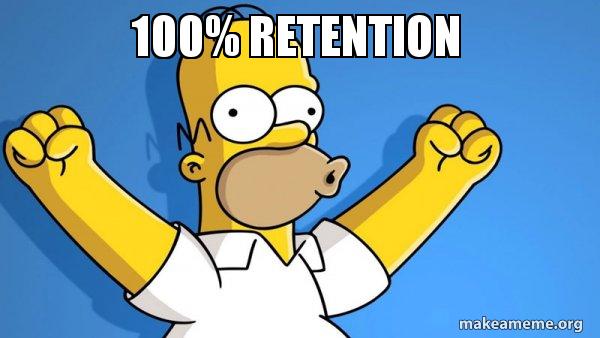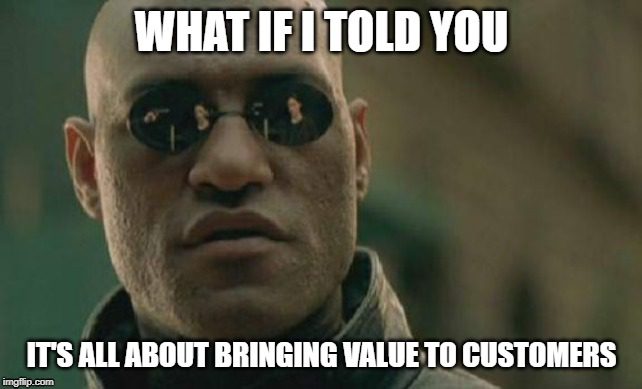What is Cross-Selling?
Definition: Cross-selling is the practice of suggesting related products or services that go well with what a customer is already buying. It’s a simple way to add more value to their purchase while also increasing your sales. The key is to recommend items that make sense together. For example, if someone buys a laptop or a phone, you might suggest a case, a mouse, or extra storage.
Example in a Sentence: By using cross-selling, the shop recommended a matching phone case when a customer bought a phone, which often led to extra sales.
Why is Cross-Selling Important?
1. Increases the Total Sale
Suggesting useful extras helps customers get more from their purchase and can grow your sales without extra effort.

2. Makes Shopping Easier
Customers may not think of everything they need. Offering related items saves them time and improves their overall experience.
3. Builds Stronger Customer Relationships
Thoughtful suggestions show you understand their needs, which can make people more likely to return and trust your brand.
Offer More Without Overwhelming
Recommending related products works best when it feels helpful, not pushy. A well-timed suggestion can make the customer’s experience smoother and more complete. It’s not just about selling more, it’s about solving problems before they even come up. When done right, it’s a win for both the buyer and the business.
More Definitions: Up-Selling Definition, Conversion Rate Optimization Definition, User Engagement Rate Definition, Behavior-Driven Marketing Definition, Sales Cycle Definition, Lead Qualifcation Definition
Useful Posts: What Is the Touch-1 Test in Conversion Rate Optimization? and Why Hyper-Personalization Algorithms Matter












